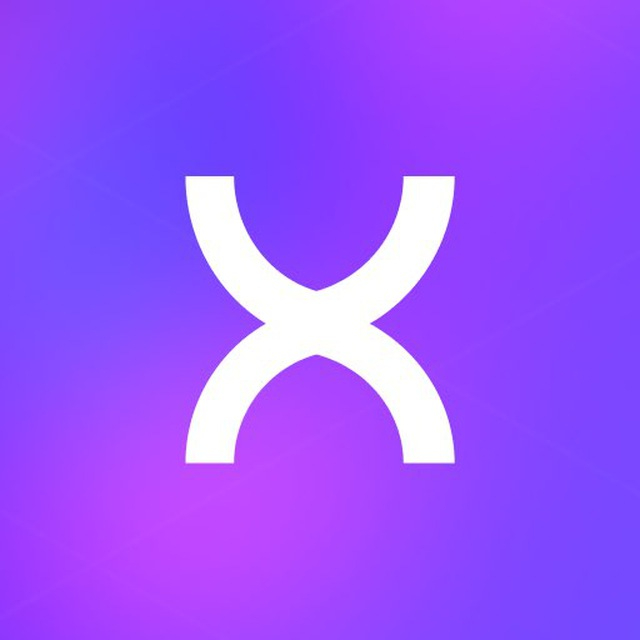Audio Presented by

GG MetaGame is a platform that offers gamers a unified game universe with hundreds of titles from various studios.
Story's Credibility



About Author
GG MetaGame is a platform that offers gamers a unified game universe with hundreds of titles from various studios.